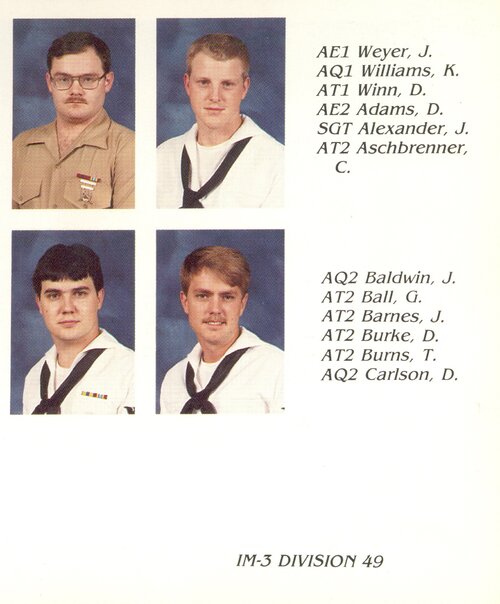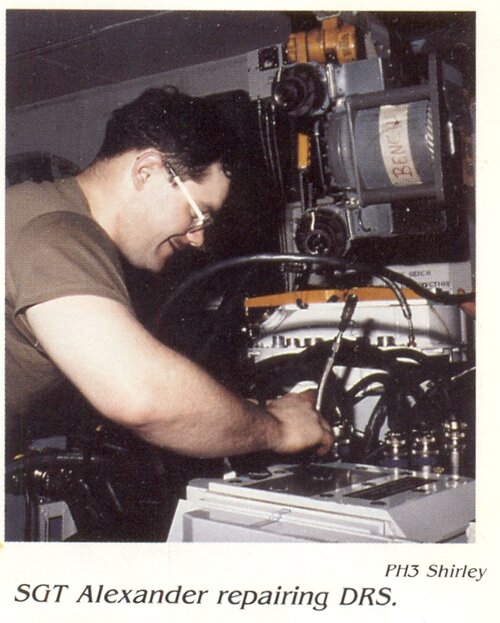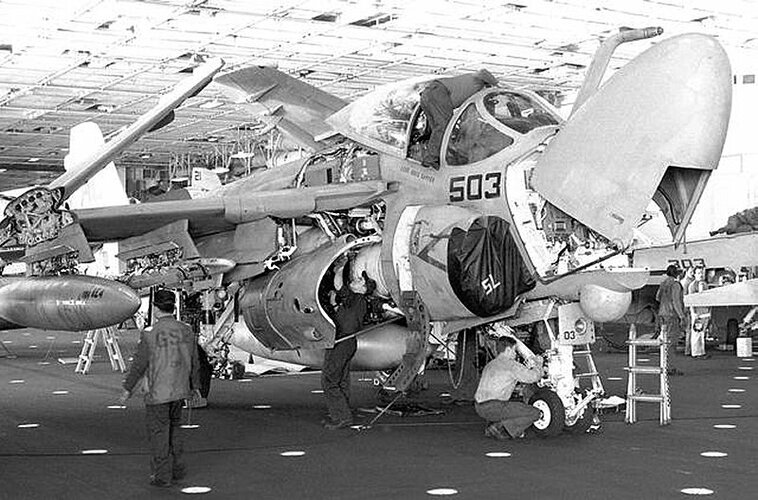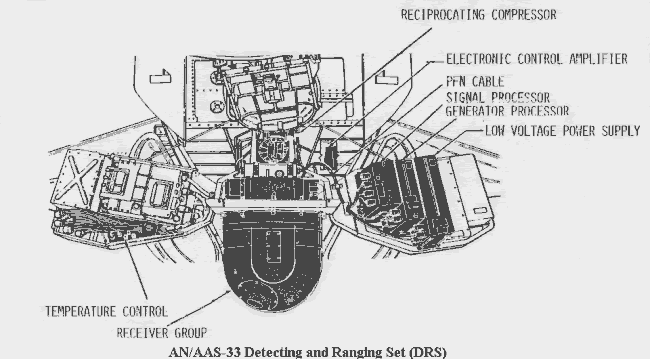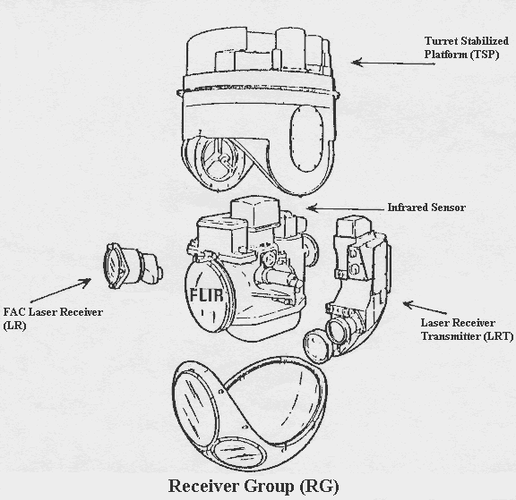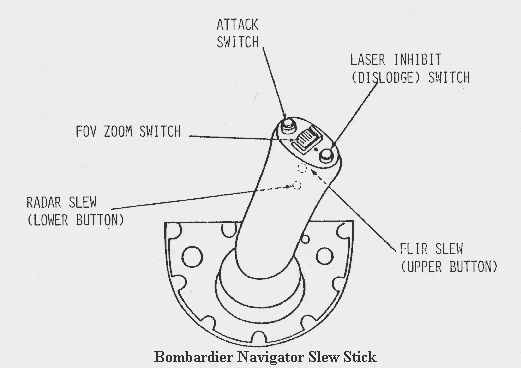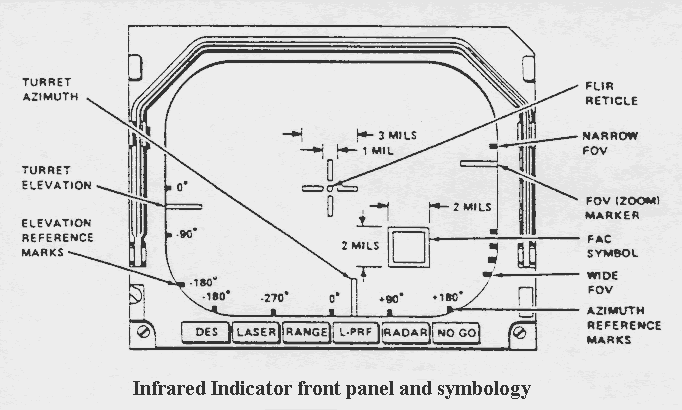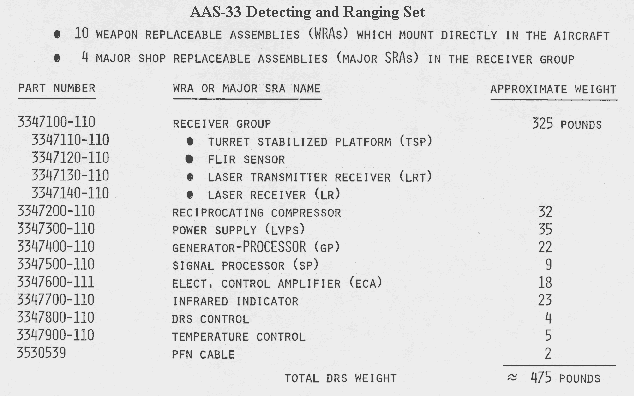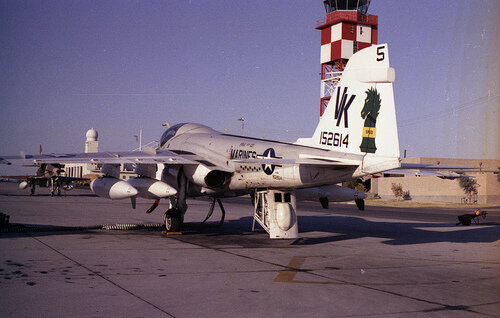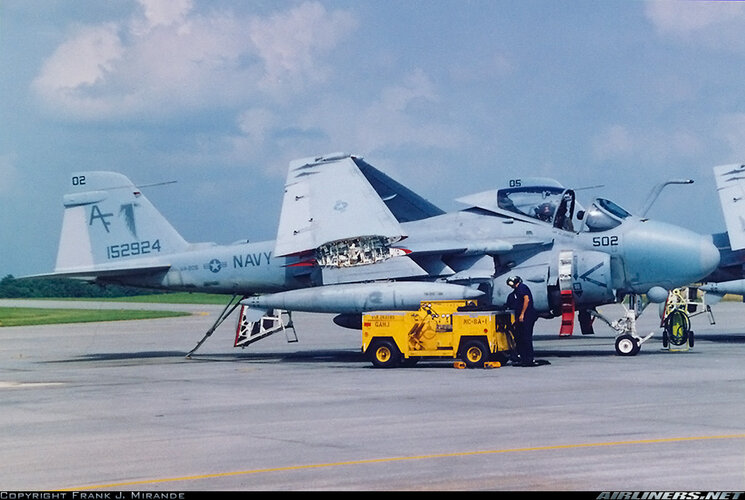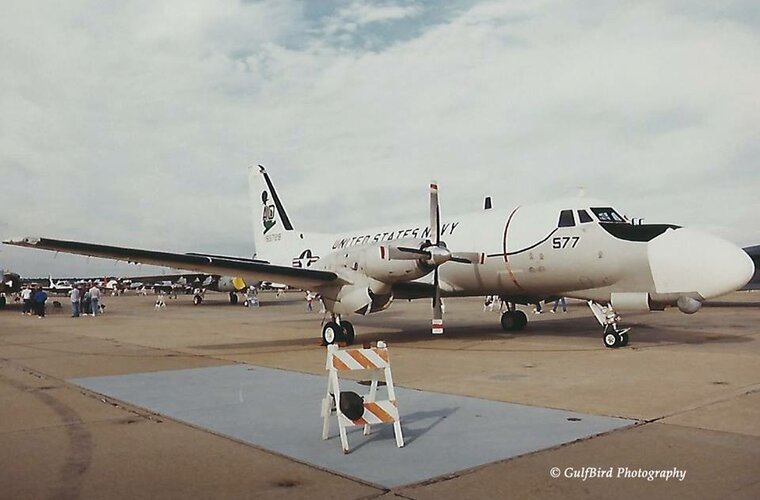Story of a Mt St. Helens by Steve Loranger –
As a Lieutenant, I was flying the TC-4C in VA-128 from 1979 until 1982 and was the TC-4C Division officer at that time. As an avid mountain climber with a degree in Geology, I was fascinated by the Mount St. Helens activity. After learning that the US Geological Survey was using just a handheld infrared photo camera to map the thermal conditions, I worked to get the Admiral’s approval to help them out. We had the newest classified technology which was the Hughes Target Recognition Attack Multi-sensor, or TRAM installed on our TC-4C, for early testing prior to putting it on the A-6 fleet. It was a complete high-resolution thermal imaging and infrared/laser weapon delivery system, including gyro stabilization, zoom capable, thermally calibrated, and was recordable. We were using it for the early laser-guided bombs and BDA recon. No question it was a thousand times more capable than what the USGS had.
I called the USGS to offer them a flight. Much to my amazement, the USGS said they had all they needed so they declined the ride. ride. I finally had to say….. “ ….with all due respect, sir, we have the most advanced technology in the world and you can’t even imagine how good it is until you see it in action”. So they finally agreed to take a flight and of course they were blown away by the resolution and stabilization of the system. One flight led to another and for the next two or three months, we flew regular missions over the Volcano, providing the world with real-time data as to the pending eruption. I personally flew most of the missions, which began at 3:30 AM and ended at 5 AM which were necessary since we needed to get the thermal images of the volcano after a night of cooling off and before the sun came up.
One day we got the bright idea that we should have a big Photo Shoot of our A-6s flying formation over the volcano. After getting organized, we launched with me in the lead with a photographer on board and four A-6s on the port wing in the echelon. We began orbiting the volcano about a half-mile from the rim. It was really turbulent, as the volcano was spewing ash up to about 50-60,000 feet…..oddly dark and portentous……and very dramatic and beautiful. I couldn’t hold altitude within plus or minus a thousand feet and airspeed was cycling up and back 40-50 knots. It was ridiculously rough and the A-6s were all over the place trying to hold formation. (All I could think about is the ribbing I would get from the fleet guys about my bad airmanship!) After several failed attempts, we finally got a few pictures and then, in one of life’s unforgettable moments, I saw some boulders trailing steam fly out in front of my plane. Several were the size of trash cans, and two were the size of a Volkswagen Bugs! At that point I screamed “break right, break right” and we all scattered and flew back to NAS Whidbey Island like scalded cats. Once safely on the ground, I called the FAA and they closed the airspace permanently.
A week later the volcano erupted. The airspace was closed for a couple of weeks after the eruption, but the USGS wanted me to fly them in again to do some after-action thermal mapping. After negotiating with the FAA, we made the first fixed-wing flight into the region.
Words cannot describe how totally overwhelmed I was with what I saw. Not only was the earth completely covered with a foot of thick beautiful brown ivory ash, but most impressive were the millions of trees that were blown over like blades of grass for dozens of miles. When I saw the dramatic expanse of the blast damage, I began to comprehend how significant the explosion was.
After the ash settled, and with safety back in the air, we made many more flights doing after-eruption mapping.
This was truly an interesting and rewarding time for all of us in VA-128 as we were using the latest military technology for such a good purpose.

